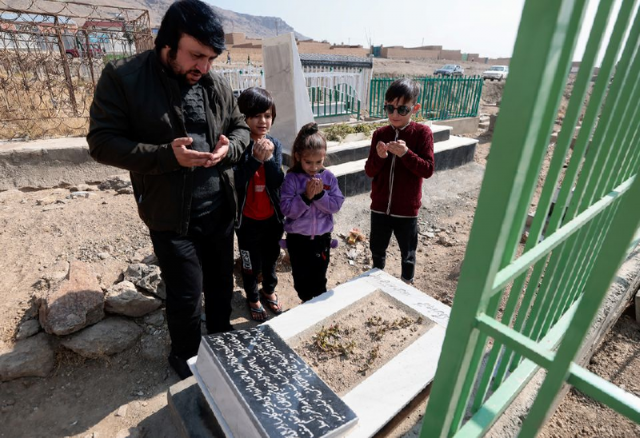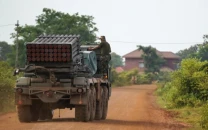Study faults US military on civilian casualties
Report says defence department is not adequately organised, trained or equipped to fulfil its responsibilities

A study by the RAND Corporation think-tank released on Thursday faulted the US military for "considerable weaknesses" and inconsistencies in its review of allegations of civilian casualties, and the Pentagon announced a broad review.
The US military is under intense scrutiny over its procedures to guard against civilian casualties following a high-profile, mistaken drone strike in Kabul on Aug 29 that killed 10 civilians, including seven children.
Not only did the US military botch the targeting but, in the strike's initial aftermath, the Pentagon's assessment concluded that it killed Daesh militants preparing a bombing attack against US troops.
The independent RAND study, which was required by congressional legislation, concluded systemic weaknesses at the Department of Defence (DoD) were causing it to fall short of its duties on civilian casualties.
"DoD is not adequately organised, trained, or equipped to fulfil its current responsibilities for addressing civilian harm," the report concluded.
Also read: US admits 10 civilians killed in Kabul drone strike last month
In conflicts, the US military often has limited access to targeted areas before or after strikes, relying on intelligence gathered remotely from sources like drone surveillance and satellite imagery.
RAND found the US military sometimes compounds this problem by failing to adequately talk to people from outside the US government or armed forces who might have access to information on the ground.
However, a 2018 Joint Staff review found that 58% of civilian casualties identified between 2015 and 2017 came from external sources, RAND said.
"We found that DoD's current approach to assessing, investigating, and responding to civilian harm has considerable weaknesses in key areas and is inconsistent across theatres," the report found.
The report also noted that investigating civilian casualties often falls to junior personnel "who do not receive formal training".
Defense Secretary Lloyd Austin issued a memorandum on Thursday asking for the creation of a plan on civilian harm "mitigation and response" in the coming months and the creation of civilian protection centre of excellence later this year.
A senior US defence official, briefing reporters on Austin's decision, said incorporating information from sources outside the US government and US military would be key to the reforms.
"We tend to rely heavily on what is in our own data findings, and I think we need to build a system and also an expectation that other sources of information ... are built into this and have credibility," the official said.
"That's not something that we do consistently well, and that's something that we intend to change."



















COMMENTS
Comments are moderated and generally will be posted if they are on-topic and not abusive.
For more information, please see our Comments FAQ